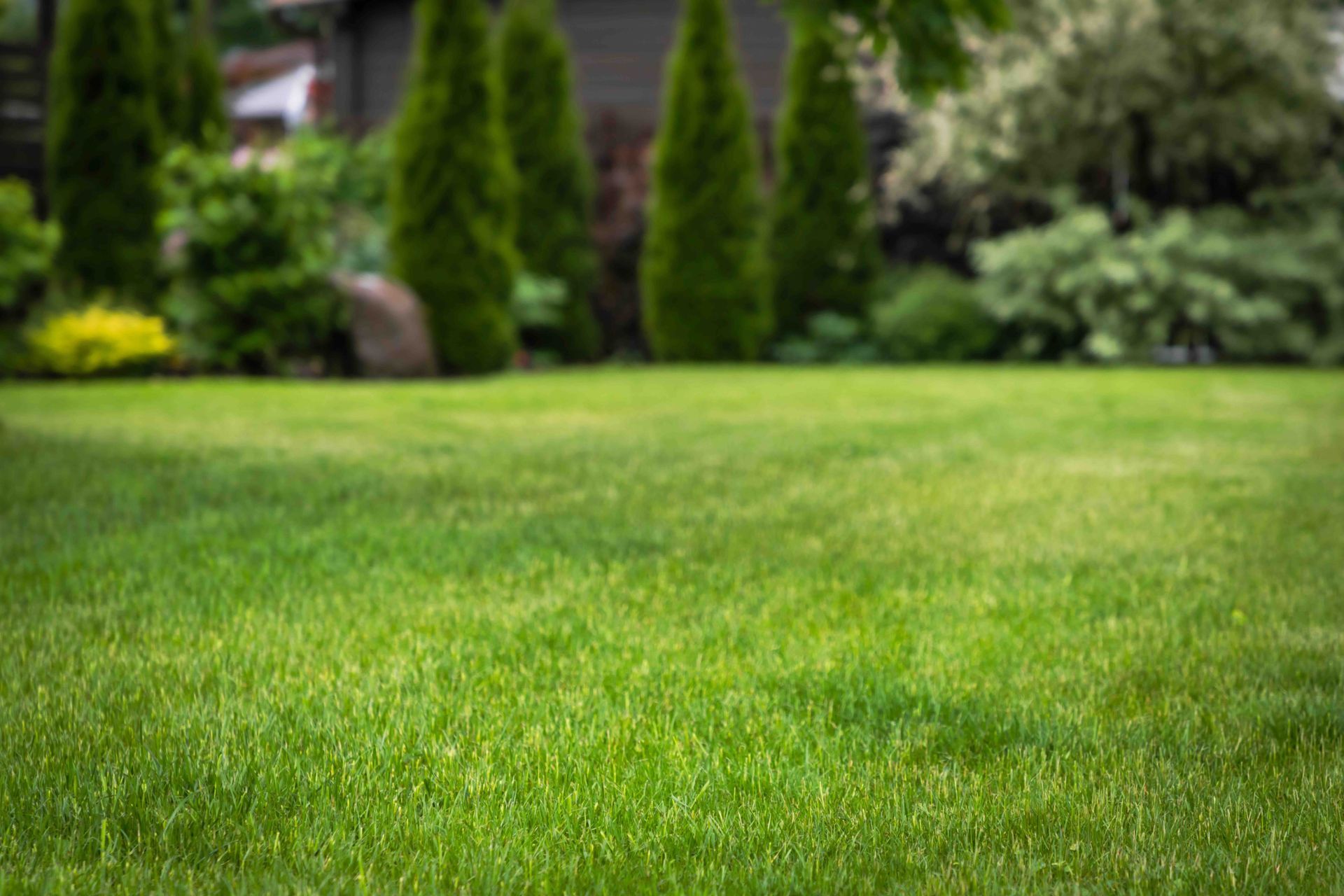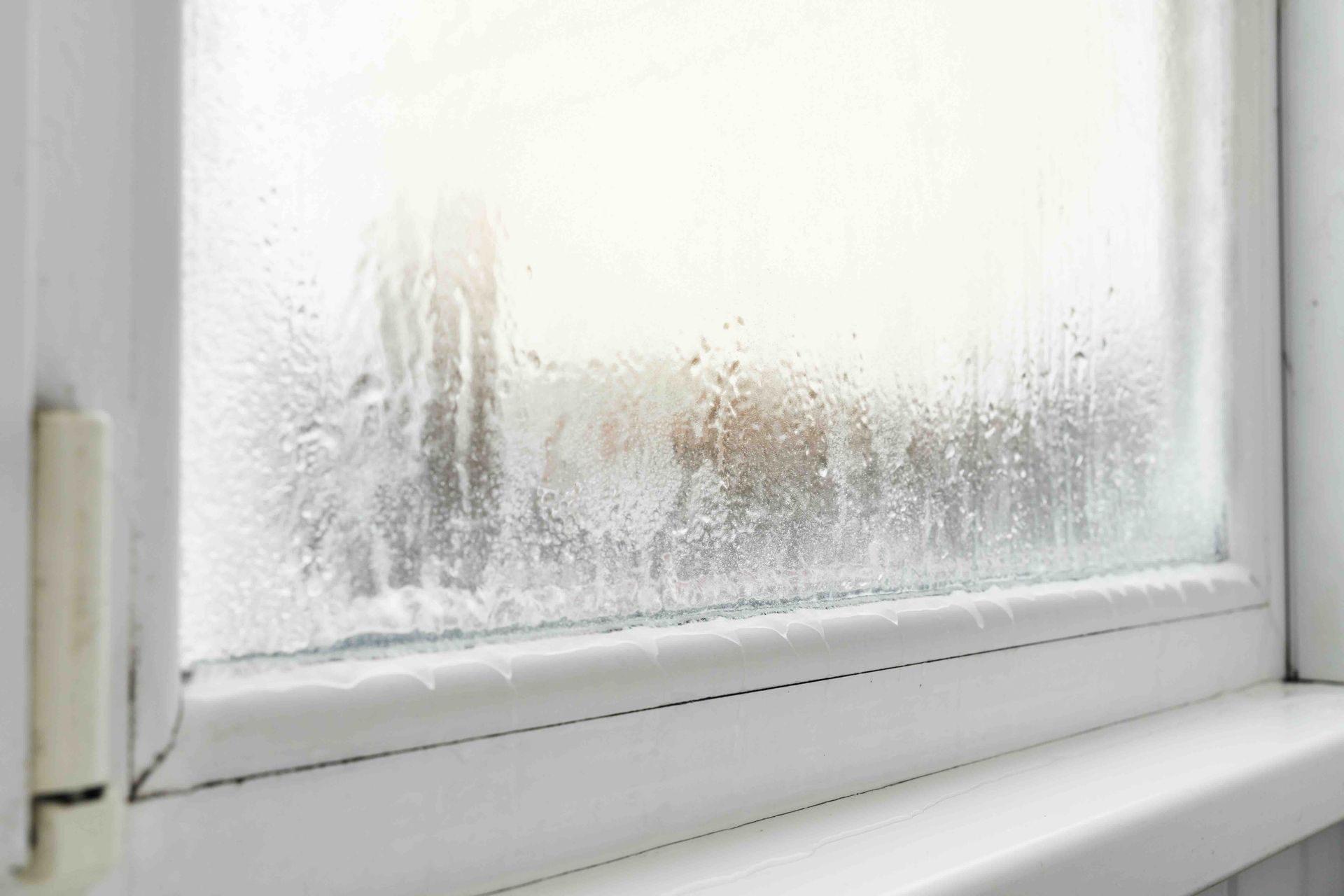The Benefits of Sustainable Landscaping for Your Michigan Home
Sustainable landscapes in Michigan are designed to work in harmony with the environment. They aim to be regenerative, meaning they can renew themselves, and they actively support the health of the community. These landscapes provide many benefits, including storing carbon, improving air and water quality, increasing energy efficiency, supporting local habitats, and enhancing overall value through economic, social, and environmental improvements.
Real estate doesn’t have to be complicated. With Cornerstone Home Group, you get expert guidance and a dedication to "Serving All Your Real Estate Needs" every step of the way. Whether you’re looking to buy, sell, or invest, we’re here to help. Contact us today at
616.341.7231 or via
our website contact form to start the conversation!
Designing a sustainable landscape involves achieving long-term success through a series of smaller, achievable steps. A well-designed landscape will be tailored to the specific location and should be developed through a careful planning process.
It's important to identify areas where current practices use excessive resources. A realistic budget and timeline should be created, and each short-term accomplishment should be recognized. If you’re thinking of buying a new home in Grand Rapids, Michigan or nearby, you definitely need to know how sustainable landscaping works.
Understanding Sustainable Landscaping
The term 'sustainable landscaping' can have slightly different meanings, but at its core, it refers to creating an attractive outdoor space that works in balance with the local climate and requires minimal resources.
This includes reducing the need for inputs like fertilizers, pesticides, excessive water, and unnecessary time and energy. Sustainable landscaping in Michigan starts with a design that is functional, cost-effective, visually appealing, environmentally responsible, and easy to maintain.
Sustainable landscaping involves both short-term and long-term goals. A short-term goal might be installing a rain barrel to conserve water or setting up a compost bin.
Using compost made from local yard waste and kitchen scraps to enrich garden soil improves soil health and promotes plant growth. A long-term goal could be developing a self-sustaining garden that emphasizes overall plant health, proper plant selection, reduced resource use, and ease of maintenance.
Aspects for Sustainable Landscaping in Michigan
Here are some aspects for creating a sustainable landscape, with a focus on considerations relevant to Michigan's environment:
Fertilizer, Composting & Soil Science
Healthy soil is the foundation of a sustainable landscape. In Michigan, soil types can vary significantly, from sandy in some areas to clay-rich in others. Understanding your soil type is crucial.
Soil Testing
Conduct a soil test to determine its pH, nutrient levels, and texture. This will help you choose plants that are well-suited to your soil and avoid unnecessary fertilization. Michigan State University Extension offers resources for soil testing.
Composting
Composting is an excellent way to improve soil health. In Michigan, you can compost yard waste like leaves (especially abundant in the fall) and grass clippings, as well as kitchen scraps. Compost adds organic matter to the soil, improves drainage in clay soils, helps sandy soils retain moisture, and provides nutrients to plants.
Fertilizers
Use fertilizers sparingly and based on soil test results. Over-fertilization can harm the environment and pollute Michigan's waterways, including the Great Lakes. Consider using slow-release fertilizers or organic fertilizers, which release nutrients gradually.
Mulching
Apply mulch around plants to help retain soil moisture, suppress weeds, and moderate soil temperature. In Michigan, this is especially helpful for protecting plant roots from temperature fluctuations. Use organic mulches like wood chips or shredded bark, which will also improve the soil as they decompose. Be mindful of the types of trees used for mulch, avoiding invasive species.
Irrigating Properly
Efficient water use is essential for sustainable landscaping, especially with Michigan's variable rainfall.
Water Conservation
Implement water-wise practices such as collecting rainwater in rain barrels.
Efficient Watering
Water deeply but less frequently to encourage strong root growth. Avoid overwatering, which can lead to runoff and waste.
Timing
Water early in the morning or late in the evening to reduce water loss due to evaporation.
Drip Irrigation
Consider using drip irrigation or soaker hoses, which deliver water directly to plant roots, minimizing waste.
Lawn Alternatives
In areas where a traditional lawn is not essential, consider drought-tolerant groundcovers or native plant meadows which require less water.
Hardscaping
Hardscape elements, such as patios, walkways, and driveways, play a significant role in the overall landscape.
Permeable Materials
Choose permeable materials like pavers or gravel, which allow rainwater to soak into the ground, reducing runoff and recharging groundwater. This is important for managing Michigan's precipitation.
Locally Sourced Materials
Use locally sourced materials whenever possible to reduce transportation costs and support the local economy. Michigan has a variety of natural stone options.
Durability
Select durable materials that will withstand Michigan's freeze-thaw cycles.
Turf and Plant Selection
Choosing the right plants is crucial for a sustainable landscape in Michigan, given the state's diverse climate zones and varying soil conditions.
Native Plants
Prioritize native plants, which are adapted to Michigan's climate and soil conditions. They require less water, fertilizer, and pest control than non-native plants, and they support local wildlife. Consider native Michigan wildflowers, shrubs, and trees.
Climate Zones
Select plants that are appropriate for your specific Michigan climate zone.
Drought-Tolerant Plants
Use drought-tolerant plants, especially in areas with sandy soils or during periods of low rainfall.
Turf Alternatives
Reduce the size of your lawn or replace it with low-maintenance, drought-tolerant grasses or groundcovers. Consider fine fescues or native grass mixes.
Reduce Lawn Size
Lawns require significant water and maintenance. Reducing the size of the lawn and replacing it with native plant beds or groundcovers can significantly decrease water consumption and the need for fertilizers and pesticides.

What About Shade?
Strategic placement of trees can provide shade, reducing energy consumption for cooling in the summer.
Tree Placement
Plant deciduous trees on the south and west sides of your home to provide shade in the summer and allow sunlight in the winter.
Native Trees
Choose native Michigan trees that are well-adapted to the local climate and soil conditions. Examples include oaks, maples, and serviceberries.
Focusing on Wind Protection
In Michigan, especially in areas exposed to strong winds, windbreaks can help protect your home and landscape.
Windbreaks
Plant rows of trees or shrubs to create windbreaks, which can reduce energy consumption for heating in the winter and protect plants from wind damage.
Native Shrubs and Trees
Use native shrubs and trees that are tolerant of wind and cold temperatures.
Working on Slopes
Sloped areas can be challenging to landscape sustainably.
Erosion Control
Implement erosion control measures, such as terracing, retaining walls, or the use of groundcovers, to stabilize slopes and prevent soil loss.
Water Management
Design slopes to manage water runoff effectively. Consider installing rain gardens or swales to capture and filter rainwater.
Native Plants
Plant native plants with deep root systems to help hold the soil in place.

Lighting for the Landscape
Sustainable landscape lighting goes beyond simply illuminating your outdoor spaces; it's about thoughtfully integrating light to enhance safety, elevate aesthetics, and significantly reduce environmental impact through minimized energy consumption. By embracing sustainable practices, you can create a captivating and secure environment around your home or property without contributing to energy waste and light pollution.
One crucial aspect of sustainable landscape lighting is the adoption of energy-efficient lighting solutions. LED lights stand out as a prime example, consuming significantly less energy than traditional incandescent or halogen bulbs while offering comparable or even superior brightness and a much longer lifespan. This translates to lower electricity bills and reduced carbon footprint over time.
Furthermore, the direction of light plays a vital role in sustainability. By strategically directing light downwards, you can illuminate pathways, architectural features, and garden elements precisely where needed. This minimizes upward light spill, which contributes to light pollution, disrupting nocturnal wildlife and obscuring the beauty of the night sky. Shielded fixtures are excellent for achieving this focused illumination.
Another powerful tool in the sustainable lighting arsenal is solar lighting. Harnessing the sun's energy, solar-powered landscape lights eliminate the need for conventional electricity altogether. These self-sufficient units charge during the day and automatically illuminate at night, offering a completely wireless and energy-free lighting solution for various landscape features.
To further optimize energy usage, consider incorporating motion sensors and timers. Motion sensors ensure that lights are activated only when movement is detected, providing security and illumination precisely when needed and remaining off otherwise. Timers allow you to schedule lighting to operate only during specific hours, preventing lights from burning unnecessarily throughout the night. By implementing these strategies, you can create a beautiful, safe, and environmentally responsible outdoor lighting design.

Steps for Maintenance of the Sustainable Landscape
Maintaining a sustainable landscape involves ongoing practices that minimize environmental impact and promote long-term health.
- Integrated Pest Management (IPM):
Use IPM techniques to control pests and diseases. IPM emphasizes prevention, monitoring, and the use of the least toxic methods possible.
- Weed Control: Control weeds using manual methods, such as hand-pulling, or use organic herbicides. Avoid using chemical herbicides, which can harm the environment.
- Lawn Care: If you have a lawn, mow it high (around 3 inches) to encourage deep root growth and reduce weed competition. Leave grass clippings on the lawn to provide natural fertilizer.
- Watering: Water deeply and infrequently, as needed, rather than frequent, shallow watering.
- Mulching: Maintain a layer of mulch around plants to conserve moisture, suppress weeds, and moderate soil temperature.
- Pruning: Prune plants properly to maintain their health and shape, and to promote flowering and fruiting.
- Leaf Management: Instead of bagging leaves, consider mulching them with a lawnmower and leaving them on the lawn or using them as mulch in garden beds. This returns nutrients to the soil.
- Winter Preparation: In Michigan, prepare your landscape for winter by protecting sensitive plants, pruning appropriately, and managing leaves.
- Reduce Chemical Use: Avoid or minimize the use of chemical pesticides, herbicides, and fertilizers, which can harm beneficial insects, pollute water, and disrupt the ecosystem.
Share on





